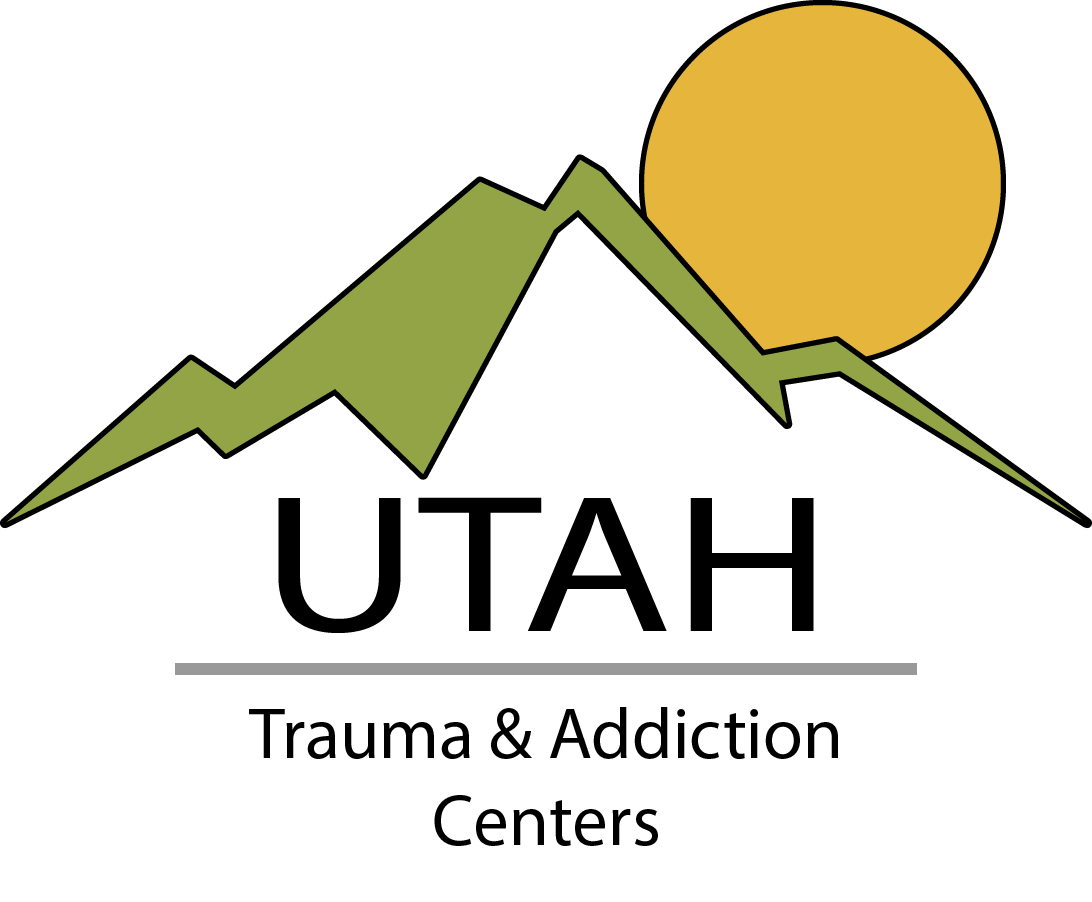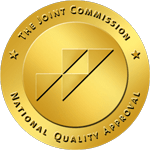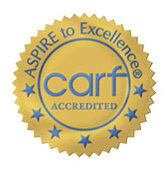Definition
Synthetic chemical addiction substances are abused and sold on the streets for recreational purposes is a relatively new growing concern. These types of drugs are rapidly shared and sold all over the world thanks to the help of the internet. The jury is still not out in understanding the full gamut of dangers and risks associated with synthetic chemical addiction substances. Unfortunately, the black market continues to manufacture new and different variations of synthetic chemicals every time a certain brand or structure is deemed either an illicit scheduled drug or narcotic by local and national governments. The list is ongoing when it comes to the different synthetic chemicals available to the consumer. The main synthetic chemicals being heavily abused are Spice, Bath Salts and 2C-E (which is a synthetic hallucinogen similar to LSD). Within these three (3) synthetic chemicals, there are literally hundreds of different ways chemists can reproduce new formulas whenever necessary. Until late, these synthetic chemical addiction substances being abused were undetectable in a urine analysis (UA) test. Technology is slowly catching up and unless a treatment center is contracted with a high-end laboratory, it is really hard to (conclusively with confirmed results) catch the user with these particular synthetic chemical addiction substances. Because of this, synthetic chemical addiction drug use is on the rise, especially with the clientele involved in the criminal justice system.
It is important to better understand each of the three (3) synthetic chemicals being heavily used since this is a vastly growing epidemic. Spice is a synthetic marijuana or better put, cannabinoid with mild hallucinogenic properties that actually has no chemical compounds similar to THC (the psychoactive ingredient found in marijuana). Rather, the chemicals found in spice attach to the THC receptors and therein lies the only similarity spice shares with cannabis. The majority of the chemicals found in spice are unknown mainly due to being changed frequently. Because unknown chemicals are being consumed by the user, there are many health risks (rapid heart rate, agitation, vomiting/nausea, confusion and hallucinations, seizure, heart attack and lastly kidney complications and/or failure). Spice is sold and manufactured by many different names and variations of strands and is falsely labeled, “not for human consumption” or sold as incense. There can be upwards of 6-10 different types of spice on the street at any given time. The actual chemicals of spice are sprayed on to “spices” or dried plant materials; this is where it gets it’s name. The different colors and flavors of spice are alcohol based and mixed in with the spice before it sprayed onto the dried plants. In the beginning spice was easy to obtain as it was sold in gas stations, head shops or over the internet. Spice is smoked like marijuana and has the potential for addiction and withdrawal symptoms.
Bath salts or scientifically known as synthetic chemical addiction substances related to cathinones produce a central nervous system stimulant effect similar to amphetamine. Bath salts are one of the more dangerous synthetic chemical addiction that are extremely volatile. You may have recently heard or read in the news about a Florida homeless man that ate off half of his friends face while naked and high on bath salts? In fact, multiple deaths have been reported in several cases involving cathinones (bath salts) across the nation. Bath salts are also falsely advertised as not being meant for human consumption. They are usually found as a brown or white crystalline powder wrapped in small plastic or foiled packages. In an effort to avoid the law, bath salts have been masquerading themselves lately as a jewelry or phone screen cleaner, or even as plant food. Alike spice, bath salts have hallucinogenic properties and are equally found under many various names and can be found in head shops or online. Bath Salts can be snorted, injected intravenously or taken orally. The majority of users prefer to either snort or inject bath salts. Although the other cathinone chemicals found in bath salts are readily known, the harmful effects they cause to the brain and body are not. Bath salts are a cheap alternative to other stimulants like meth, cocaine, etc. Some bath salts are ten (10) times more potent than cocaine in regards to releasing dopamine in the brain. With this type of “rush” the likelihood of becoming addicted to bath salts is extremely high. Bath salts like other drugs can usually be found laced with other drugs such as ketamine, methamphetamine or cocaine, etc. Having said that, you can only assume the withdrawal symptoms associated with bath salts would be similar to that of the other drugs the bath salts are laced with.
We know little of spice and bath salts, it is even more frustrating when it comes to understanding the synthetic chemical 2C-E, which is a substituted phenethylamine. 2C-E acts as a psychedelic and hallucinogen similar to LSD or mescaline. It is odorless and usually comes in the form of a colorless oil (liquid), crystalline or gelatin capsule which can be either a white or grayish color. Because of it’s forms; it is most abused by snorting or consuming orally. 2C-E has long lasting effects and once ingested, it must take its full course meaning there is no turning back until the effects naturally wear off. Upon initial ingestion of 2C-E, the side-effects can alter your perception for a full 24 hour period thereafter. Some reports say that with different doses of 2C-E, you can expect a new and different experience (with the five different senses, etc.) unrelated to prior “trips” the user has had in the past. At the same time, there is a dichotomy with 2C-E with claims that it is relatively safe while their has been confirmed deaths around the globe from users overdosing as well as from accidentally mistaking something else for 2C-E and therefore ingesting a foreign chemical into their body and consequently dying. Alike spice and bath salts, 2C-E or sometimes referred to as “Europa” is also sold over the internet as something not meant to be consumed by humans. 2C-E has the ability to become addicted to at least emotionally as well as psychologically due to its powerful ability to help the user escape reality. No matter how you package it, 2C-E is barely understood and has a short history of being abused; with this in mind, it is entirely impossible to know all of the dangers 2C-E possesses at any amount consumed by the user.










